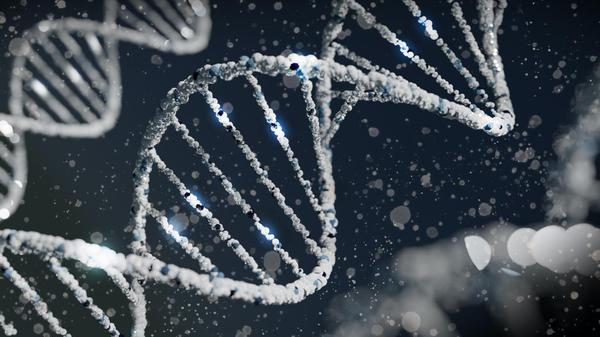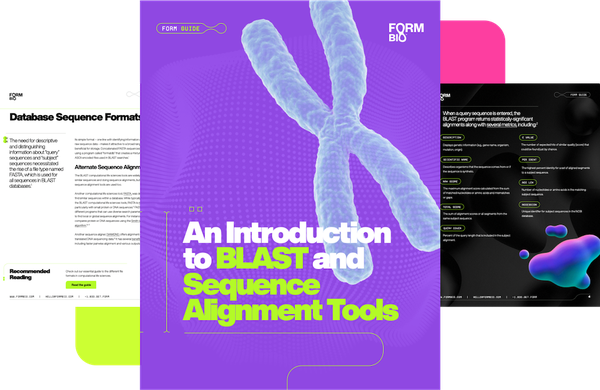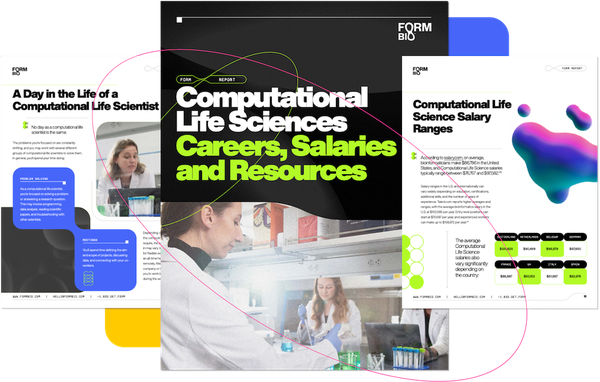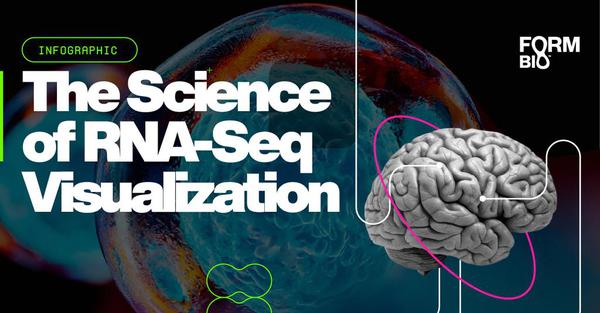The Pros and Cons of Using NGS Bioinformatics Software
Next-generation sequencing (NGS) and other high-throughput gene profiling techniques have generated vast amounts of biological data, presenting researchers with nearly endless opportunities to untangle complicated biological questions. Commercially available, easy-to-use bioinformatics software has made mining and analyzing this data much more straightforward, delivering the power of computational and data science to nearly any biologist with minimal bioinformatic experience. Yet many academic a






